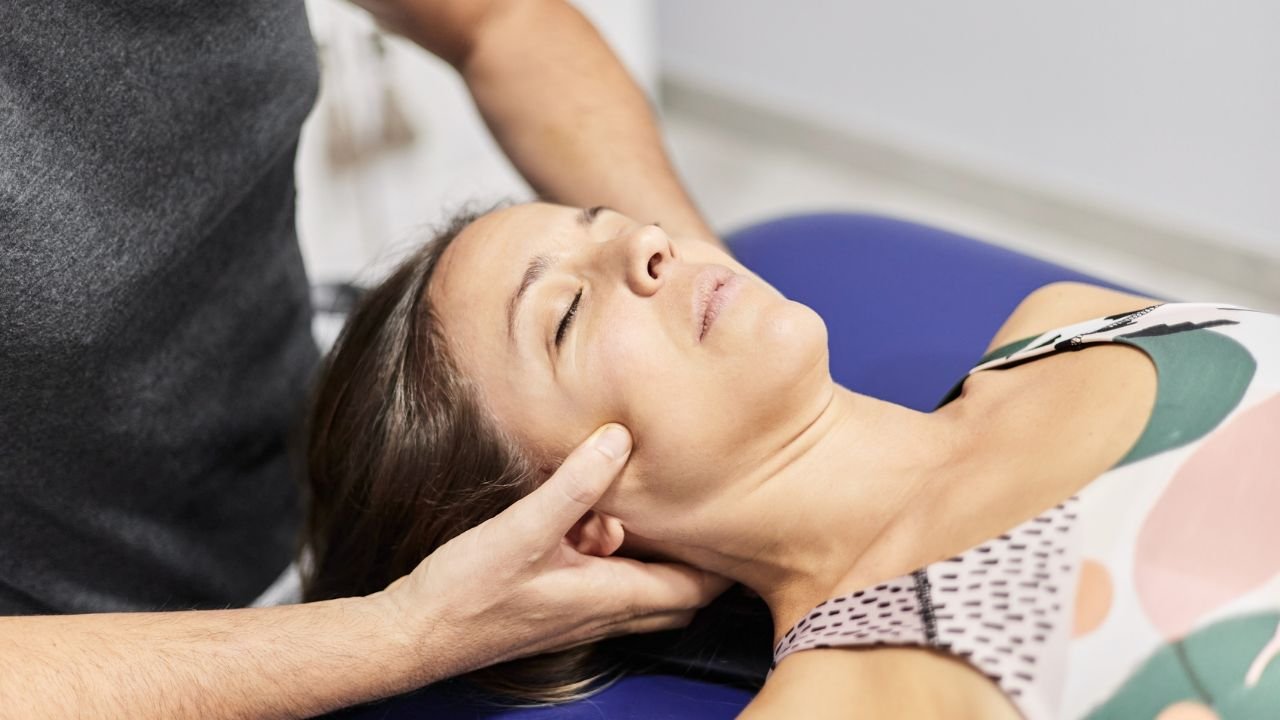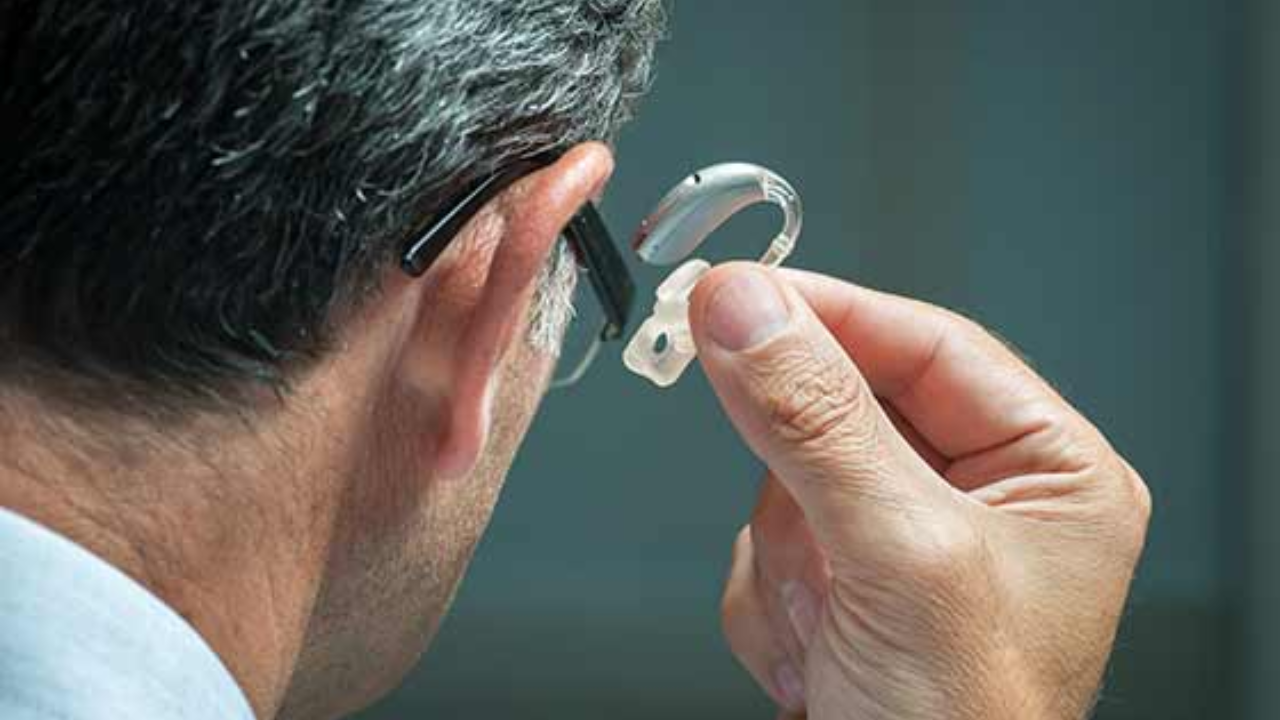A wasp sting can be painful and frightening. It often causes sudden sharp pain, followed by redness and swelling. For most people, the discomfort is short-lived. But in some cases, the reaction can be severe and even life-threatening.
Knowing how to respond quickly is important. This guide explains everything about wasp stings — from symptoms and treatment to prevention and safety tips.
What is a Wasp Sting?
A wasp sting occurs when a wasp injects venom into the skin using its stinger. Unlike bees, wasps do not lose their stinger. This means they can sting several times.
The venom causes pain, irritation, and swelling. For most people, the reaction is mild. But those allergic to the venom may face serious health risks.
Why Do Wasps Sting?
Wasps sting mainly to defend themselves. They attack when they feel threatened, especially near their nest. Unlike bees, they can sting repeatedly, making them more aggressive.
Their venom is designed to cause pain. For humans, this can mean burning, redness, or swelling. In rare cases, it triggers allergic shock.
Symptoms of a Wasp Sting
A wasp sting brings sudden pain and quick skin changes. The severity of symptoms depends on the individual’s sensitivity.
Common signs include:
- Sharp pain: The sting feels like a burning needle. Pain is instant and intense.
- Swelling: The skin around the sting swells within minutes. It may remain swollen for hours.
- Redness: The sting site often turns red and warm. The area can spread wider with time.
- Itching: Many people feel itching as the skin heals. This may last longer than pain.
- Welts: A raised bump often appears with a small dot where the stinger pierced.
These symptoms usually fade within hours. For most, they are not dangerous.
Normal Local Reactions
Mild local reactions are the most common. They cause slight swelling, redness, and pain. The affected area may remain tender for a few hours. A small welt is visible but heals quickly. These reactions rarely need medical care.
Large Local Reactions
Some people develop stronger symptoms called large local reactions. These are not life-threatening but can cause discomfort for days. Signs include:
- Extended swelling: The redness spreads far beyond the sting site. The swelling may last two to three days.
- Discomfort: Pain may linger longer than normal. Movement of the affected part can be difficult.
- Nausea or vomiting: Some people experience mild stomach upset.
These reactions fade on their own in about a week.
Severe Allergic Reactions (Anaphylaxis)
A wasp sting can sometimes trigger a serious reaction called anaphylaxis. This is rare but very dangerous. Symptoms may include:
- Facial swelling: The lips, eyes, or throat may swell rapidly. Breathing becomes difficult.
- Hives: Itchy rashes appear on skin far from the sting site.
- Dizziness and fainting: A sudden drop in blood pressure can cause lightheadedness.
- Stomach upset: Diarrhea, cramps, and nausea may occur.
- Weak pulse: The heartbeat may feel weak or race suddenly.
These signs mean a medical emergency. Call for help immediately.
Using a Sting Kit
People with severe allergies must carry a sting kit. These usually include an EpiPen (epinephrine injection).
Epinephrine helps by calming the immune response. It raises blood pressure and improves breathing. Using it quickly can save a life. Always seek medical care after using the kit.
First Aid for a Wasp Sting
Most mild stings can be treated at home. Quick action reduces pain and prevents infection. First aid steps:
- Wash the area: Cleaning with soap and water removes venom and dirt. This lowers infection risk.
- Apply a cold pack: Ice reduces swelling and numbs the pain. Use for 10–15 minutes at a time.
- Keep it clean: Cover the site with a bandage if needed. This prevents bacteria from entering.
- Soothe irritation: Apply hydrocortisone cream or calamine lotion to calm itching.
- Relieve pain: Over-the-counter medicines like ibuprofen ease discomfort.
These steps usually control symptoms within hours.
Severe Reaction Treatment
When a sting causes severe allergy, medical care is urgent. Doctors may give oxygen, steroids, or additional epinephrine. In some cases, CPR is needed if breathing stops. Quick treatment prevents life-threatening complications.
Wasp Sting During Pregnancy
A wasp sting during pregnancy is usually not dangerous unless an allergy exists. Most women feel mild pain and swelling.Pregnant women should avoid antihistamines with decongestants. If symptoms become severe, an EpiPen should be used immediately, followed by emergency care.
Wasp Sting in Toddlers
Toddlers are more vulnerable because they cannot always explain what happened. Parents should look for swelling, redness, or crying without reason. Teaching children to avoid wasp nests is important. Keeping drinks covered and making sure they wear shoes outside helps reduce risk.
Complications of Wasp Stings
Complications are rare but possible. They include heart rhythm issues, seizures, or organ problems. Those who suffer frequent severe reactions may consider venom immunotherapy. This treatment uses allergy shots to reduce sensitivity.
How Long Does a Wasp Sting Last?
For most people, the pain lasts one to two hours. Swelling may remain for a day or two. Larger local reactions can take up to a week to heal.
Do Wasps Leave Their Stinger?
Unlike bees, wasps do not leave their stinger in the skin. This allows them to sting repeatedly. Disturbing a nest may result in multiple stings at once.
Prevention Tips
Avoiding a sting is the best protection. Simple habits lower the risk. Prevention methods include:
- Cover food and drinks: Sweet items outdoors attract wasps. Keeping them sealed reduces contact.
- Avoid bright clothing: Floral prints and bright colors can draw wasps closer. Neutral tones are safer.
- Stay calm near wasps: Swatting makes them aggressive. Moving slowly helps prevent attacks.
- Call professionals: Never remove a nest yourself. Pest experts handle it safely.
These habits reduce the chance of being stung.
Self-Care Checklist
A quick reference makes it easy to remember steps after a sting.
| Step | What to Do | Why It Helps |
| Clean | Wash with soap and water | Removes venom and bacteria |
| Cool | Apply ice pack | Reduces swelling and pain |
| Protect | Cover with bandage | Keeps dirt away |
| Relieve | Use creams or medicine | Soothes irritation and pain |
| Watch | Monitor body response | Detects allergy signs early |
Remedies for Relief
Different remedies provide relief for different durations.
| Remedy | Type | Relief Duration |
| Cold pack | Home | 20–30 minutes |
| Baking soda paste | Home | A few hours |
| Calamine lotion | Home | Several hours |
| Ibuprofen | Medical | 4–6 hours |
| Antihistamine | Medical | 6–8 hours |
| Epinephrine | Emergency | Immediate |
Choosing the right remedy depends on the severity of the sting.
Conclusion
A wasp sting is usually painful but not dangerous. Most heal with simple care like washing, applying ice, and using creams. For allergic individuals, the sting can be life-threatening. Carrying an EpiPen and seeking emergency care is critical.
Pregnant women and toddlers need extra care, but with quick action, recovery is smooth. Prevention is also important — covering food, wearing proper clothing, and avoiding nests can keep stings away.
By knowing the right steps, you can manage a wasp sting safely and reduce risks of complications.
Also Read About :- Cplsetu.Cadilapharma.In Login



